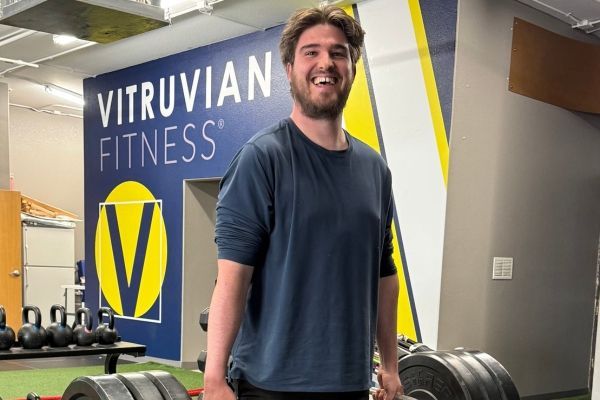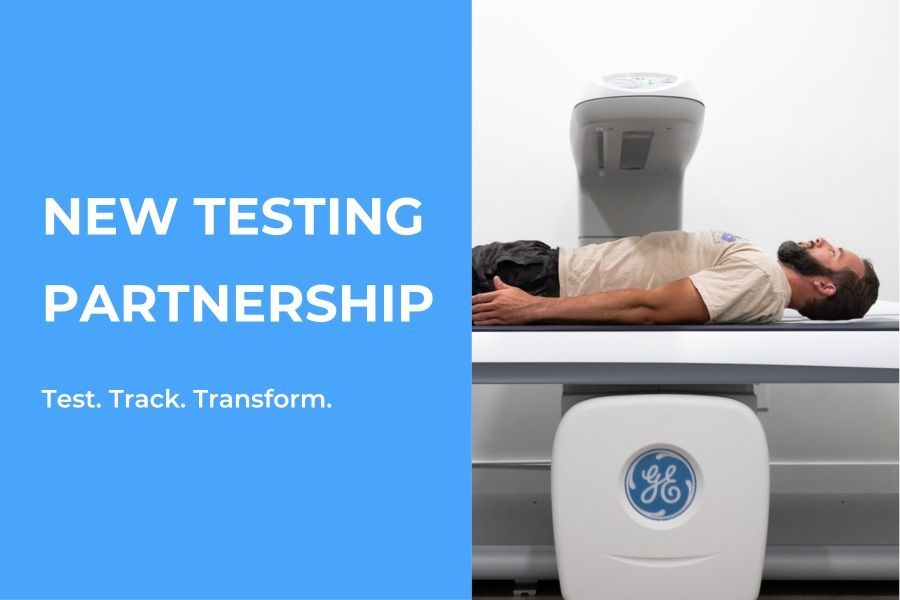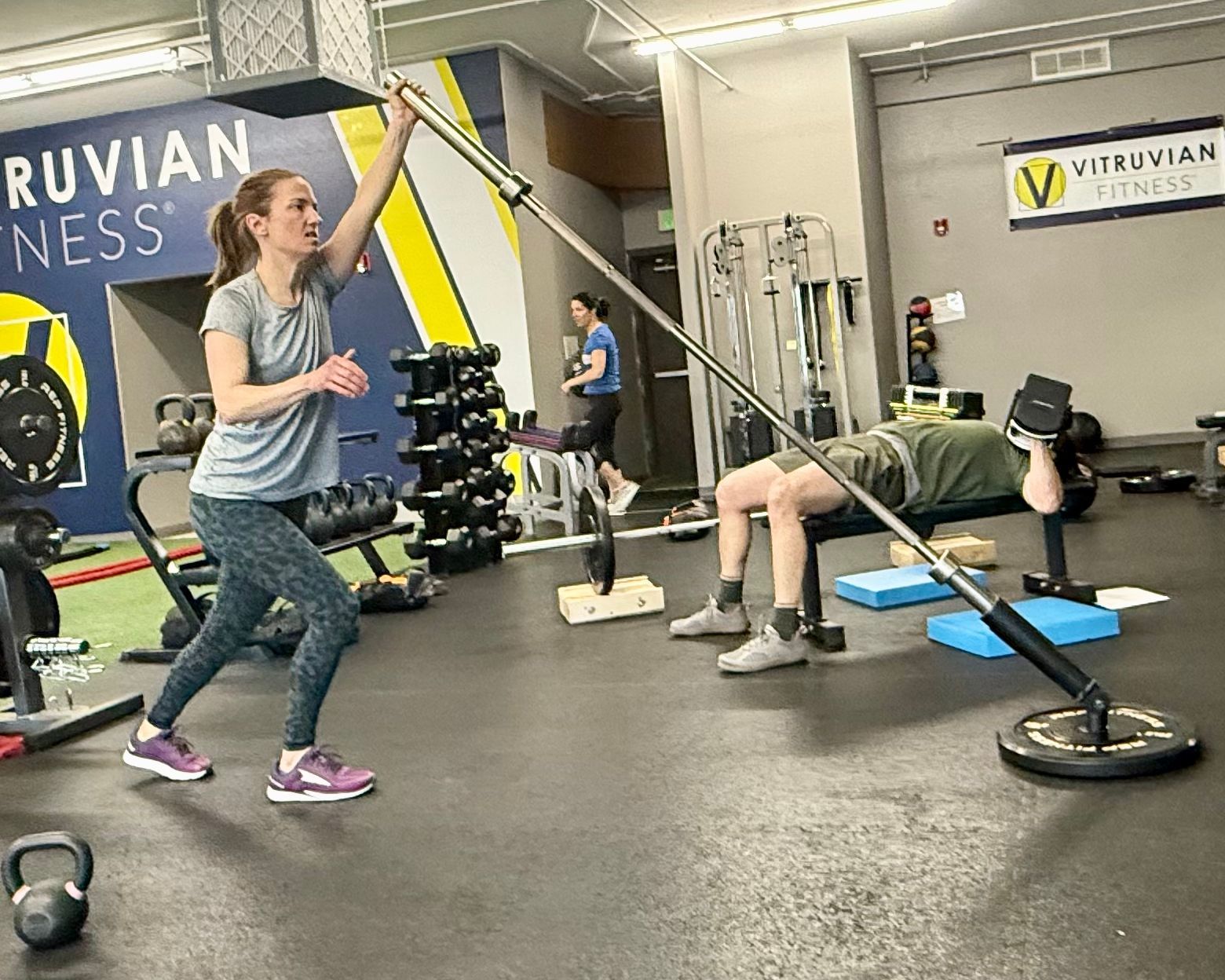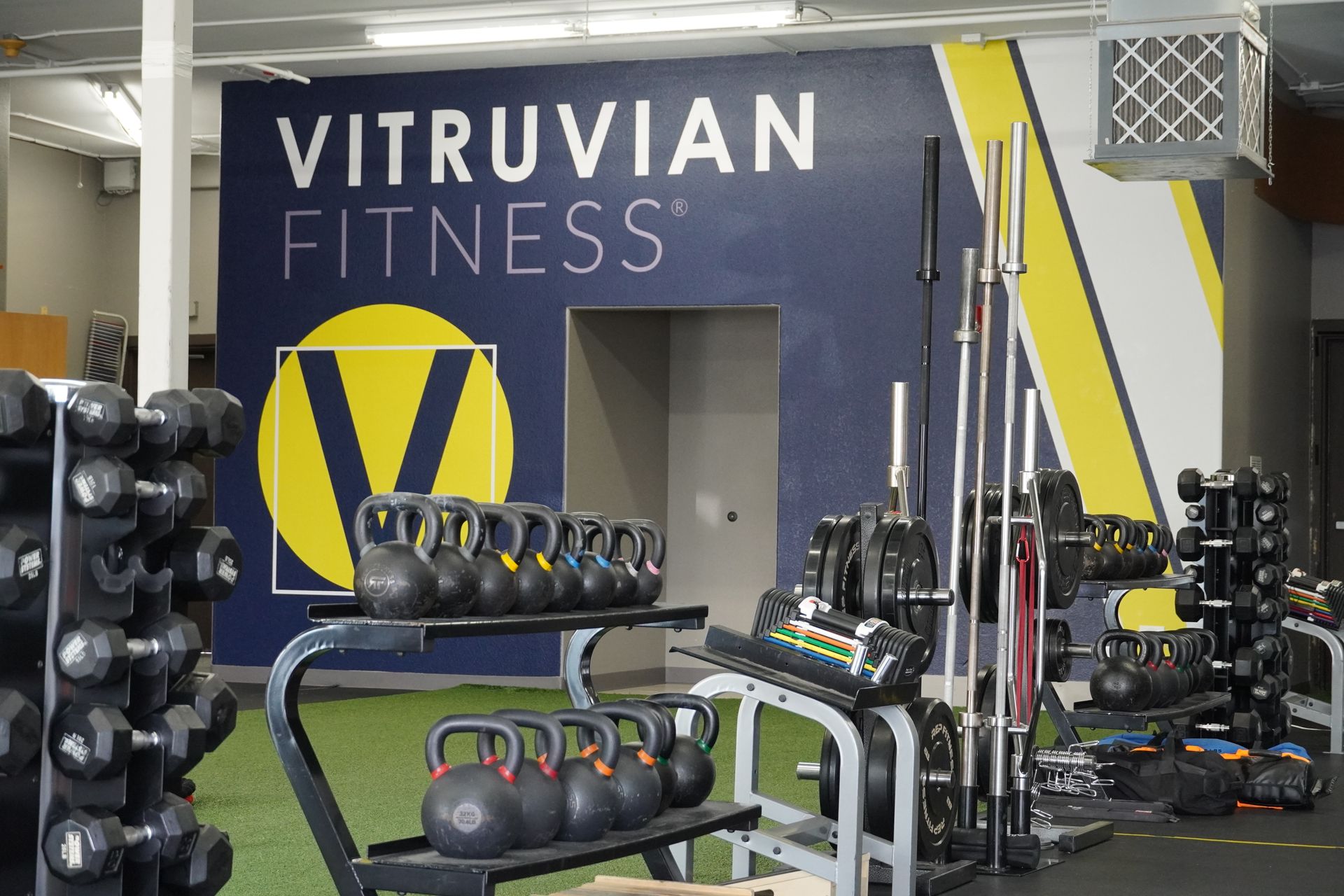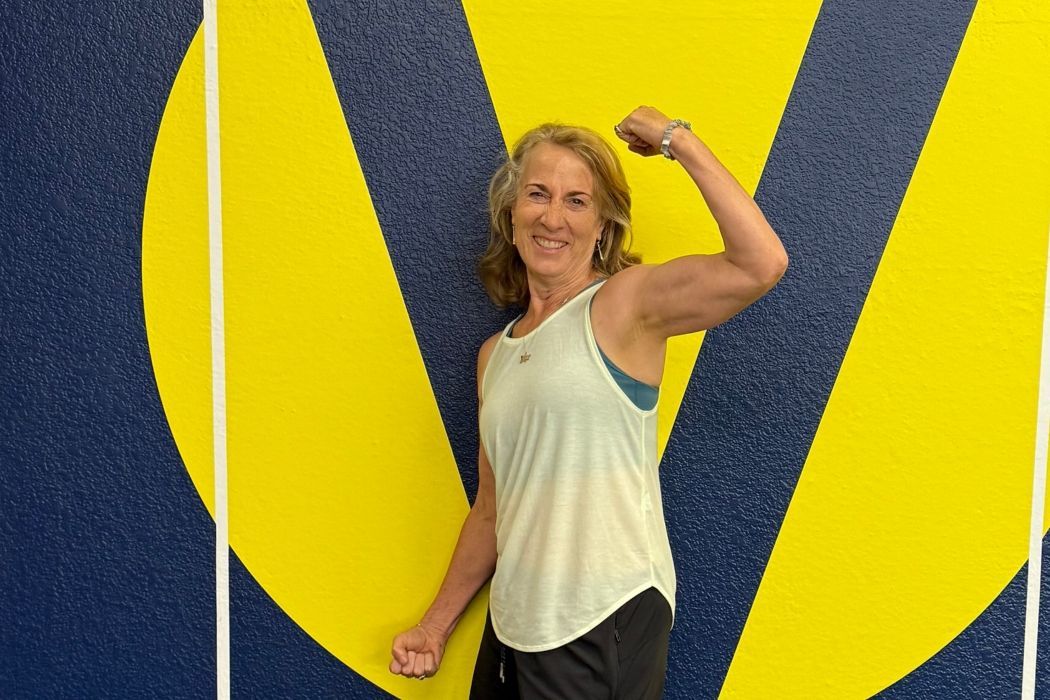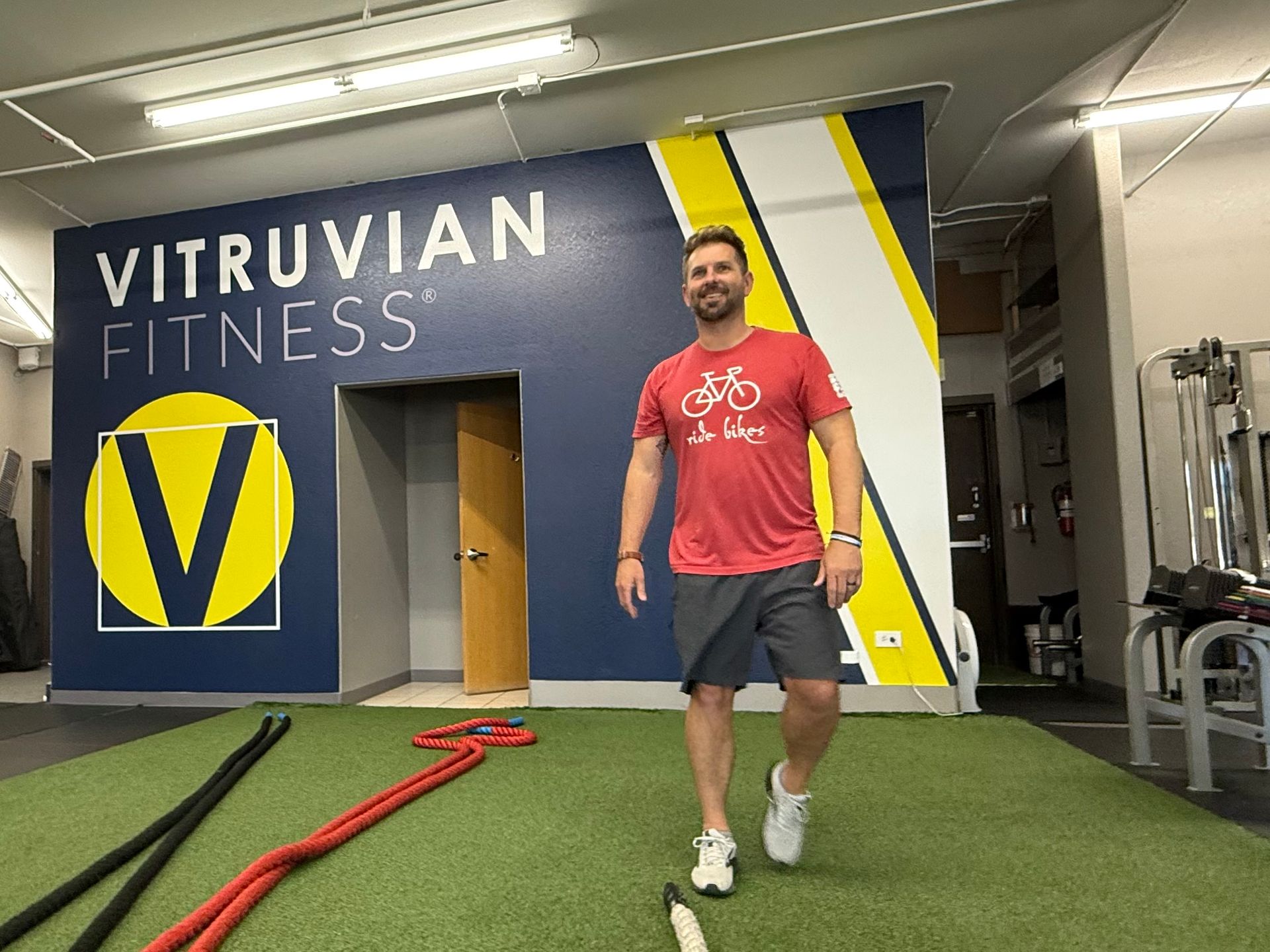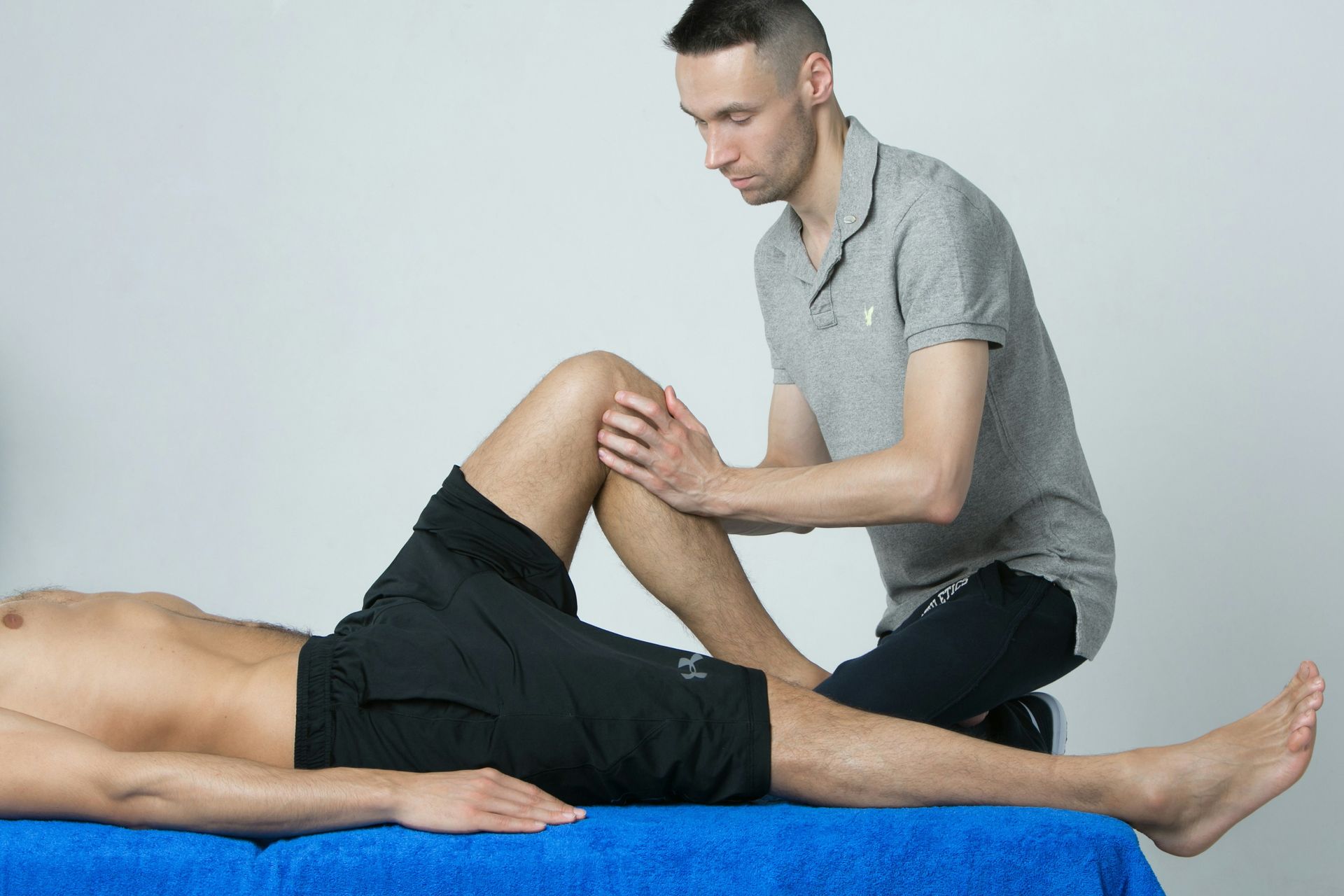What People Really Want In The Gym
And How We Get You There
In my experience as a personal trainer and strength coach, most people who walk through our doors don’t arrive with crystal-clear goals on their first day. They don’t know which muscles to train or which mobility restrictions to fix. They might know a few exercise names, but they’re unsure how to do them properly or how it all fits into a bigger plan.
But they do know one thing: They want to bridge a fitness gap and feel better about how they move and how they feel about themselves.
Generally, people will tell us they want to be:
Stronger – even if they can’t quite define that.
More confident – even if it’s been a long time since they felt that way.
More energetic and more at home in a body they’re proud of.
Ask around and you’ll hear the some of these wants, too:
“I want to stop tweaking my back.”
“I want to hike, bike, and ski without needing two days to recover.”
“I want to trim this midsection.”
“I want to keep up with my kids (or my grandkids).”
“I just want to feel like me again.”
Some people want to look great in their clothes – or without them. Some just want to see a photo and like how they look.
And so many share this same fear:
They think they’re the only one who doesn’t know what they’re doing. They worry that if they mess up, someone will notice. That everyone’s watching the newbie.
Here’s the truth:
You're in great company.
So few people have a real plan.
Most people are winging it.
Even the ones who
look like they know what they’re doing are usually making it up as they go. (Unless they’ve been coming to Vitruvian Fitness! 😜)
And if you're someone who does have a clear goal, whether it's gaining lean muscle, working to resolve nagging knee/hip/shoulder pain, improving your bone density, or training for a big event, that's great. We build real, customized plans for those goals, too.
Because the truth is, regardless what you want to accomplish, the process isn’t that different. The goals may be more differ, but the path is still built on building sustainable habits, smart exercise selection, the right progressions, compassionate coaching, and consistency.
How We Make It Happen
At Vitruvian Fitness, we do something radically simple and wildly effective:
✅ We build training plans. (Not random workouts.)
✅ We create stronger bodies that move well, without chronic aches and pains.
✅ We teach sustainable habits that make fitness a
lifestyle, not a seasonal fling.
And you don’t have to memorize a thing. You don’t have to map it out yourself.
You just need to show up, put in the work, trust the process, and stay coachable.
Workout by workout, week by week, here’s what happens:
- Movements that once felt awkward start to feel natural.
- Weights that once felt heavy feel light and then fun.
- Clothes start to fit differently.
- Joints complain less.
- Energy rises.
- Confidence builds gradually until one day it screams, “I feel amazing!”
And then you realize: you're no longer a stranger in your own body.
You move through life with strength, energy, and a little swagger.
That’s what we’re building here.
Not just bigger biceps but
competence, durability, momentum, and real belief in yourself.
You don’t have to be perfect.
You don’t have to have it all figured out.
You just have to take the first step.
We’ll take it from there.
Ready to Bridge the Fitness Gap and Feel Stronger?
Our 14-Day Trial helps you kickstart your journey towards real strength, energy, and confidence—just the way you want it.
👉Let's Talk! Click here to schedule a call!
You might also enjoy these posts . . .
